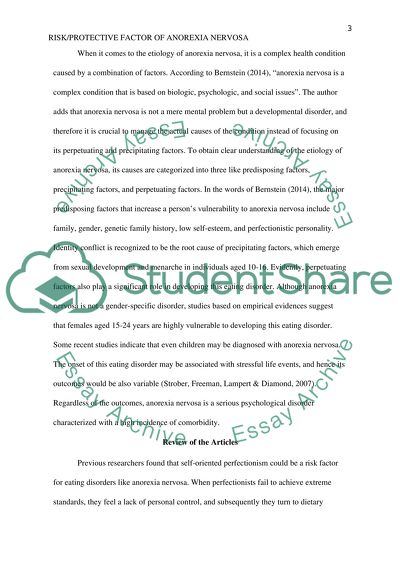Cite this document
(“Risk and protective factor of anorexia nervosa Essay”, n.d.)
Retrieved from https://studentshare.org/psychology/1702299-risk-and-protective-factor-of-anorexia-nervosa
Retrieved from https://studentshare.org/psychology/1702299-risk-and-protective-factor-of-anorexia-nervosa
(Risk and Protective Factor of Anorexia Nervosa Essay)
https://studentshare.org/psychology/1702299-risk-and-protective-factor-of-anorexia-nervosa.
https://studentshare.org/psychology/1702299-risk-and-protective-factor-of-anorexia-nervosa.
“Risk and Protective Factor of Anorexia Nervosa Essay”, n.d. https://studentshare.org/psychology/1702299-risk-and-protective-factor-of-anorexia-nervosa.


